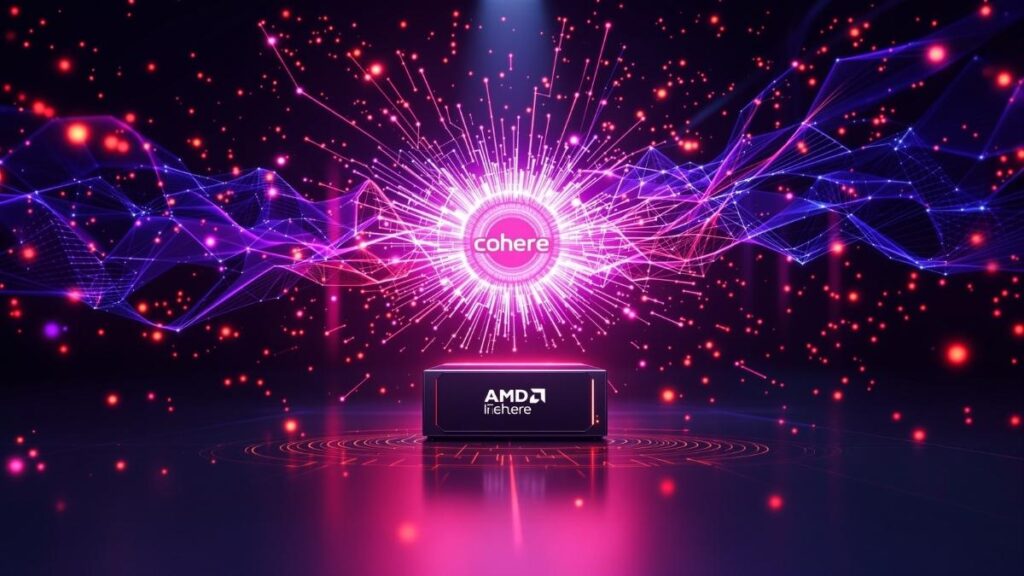There are three problems delaying the ramp of virtual reality. One is content—and that is slowly being sorted—two is hardware, including the need for complete solutions that include controllers, and third is cost. Currently it is estimated that to get an acceptable video game experience you need both a headset bundle costing in excess of $600 and a PC with enough power to run the thing which typically prices out at $1,500 or more.
Well, this week AMD aggressively drove a stake through that third problem by launching the Radeon RX 480, a VR-ready video card expected to cost under $200 so you can make your existing PC powerful enough to make the grade.
Let’s talk Virtual Reality and Computex this week.
Computex
Computex is the show to watch for new technology all of a sudden. This year we had launches ranging from an amazing 2-in-1 laptop/desktop computer from Dell (you’d never use it as a tablet, but it makes a decent all-in-one desktop redefining what “2-in-1” means). In addition, Qualcomm announced a new Snapdragon Wear 2100 processor that works in wearables you are likely to actually buy. Less of the ultra-expensive iPod on your wrist that the Apple Watch is and more of advancements on the FitBit-class of wearables that typically cost under $100 and allow you to keep a real watch if you want. Finally, there was a cool little robot from Asus, named Zenbo, which you can use to entertain the kids and follow you around playing music. I’ll be more excited about this class when it can either get me a beer or better defend my home. Yes, I want one with weaponry and that, unfortunately, wasn’t announced.
But Computex is a strong indicator for what is coming during the rest of the year and VR is a major component of the show.
Games
What is kind of amazing is that on top of the first-person shooter (FPS) selection that has dominated this segment early on—and that I’m likely too slow to play—there is a class of game I do play showing up for VR. Examples are Defense Grid 2 and Air Mech command. Back when OnLive—a networked, cloud-based gaming service I frequented—was running, I used to play Defense Grid a lot. Basically it is a castle defense game with aliens and a wide range of weapons towers and a great way to kill a few hours while I’m traveling, or using the treadmill (I have a treadmill desk). Since OnLive was sold to Sony I’ve been missing this game but, apparently not for long because it is coming back for VR and it should be amazing.
Air Mech command is a new game for me but I was a huge fan of Mech Warrior, and—back when Virtual World arcades were still in business—I used to play that game a lot as well. Virtual World was a place you’d go and rent pods which were emulations of cockpits in giant robots with weapons and then you’d battle it out with up to 7 other people and it was a ton of fun. In Air Mech Command your mechs can fly—adding another element to the excitement—but it is more of a strategy game.
Both of these are important because you can play them seated, which—given the headsets are tethered now—could prevent rather dangerous problems that the first person shooters have. In short, when you are seated you are less likely to get motion sick or trip over the cord and furniture in the room. In a lot of the standing demos there is someone behind you to catch you if you fall and, I expect, that’s going to be a problem for folks playing at home alone. By the way, both of these games are Oculus Rift only which means my VR headset choices just dropped to one.
AMD RX 480
I connect the letters RX with medicine and if that is what this is, then the Radeon RX 480 is just what the doctor ordered for VR. According to AMD this packs the VR performance of a $500 card because it is tuned for VR. That’s not to say that it won’t play other video games as well, but that for VR it is one hell of a bargain. As noted above, this allows you to enter the VR segment for a lot less money than otherwise would have been required and the end result is one of the biggest bargains of the year. The card includes High Dynamic Range, AMD’s FreeSync, and it uses AMD’s new Polaris architecture to pack a lot into a very small package.
This could be just the ticket to get you started on VR and I can hardly wait for my card to show up so I can play the games I’ve listed above.
Wrapping Up
I actually think initially VR games and content you play seated will be far better than any of the first person games designed to be played standing. This is largely because the initial high-end headsets are all tethered, making the games relatively dangerous. Seated you can do driving, flying games but the risk of motion sickness is high leaving strategy games and video content. It is good to see both are on their way making it likely that a lot of us, including me, will be able to justify a VR rig by year end. Helping that a lot will be the AMD RX 480—the right prescription for an otherwise too expensive VR solution.
Suddenly I know what I want for Christmas!
- The Breaking of the Monolith: How HPE and AMD Are Rewriting the AI Script - December 11, 2025
- Intel’s Hiring of Wei-Jen Lo: A Strategic Homecoming, not a Trade Secret Heist - December 2, 2025
- The Unlikely Savior of the AI PC Ecosystem: Why the Lenovo IdeaCentre Mini x (Snapdragon) Matters - November 26, 2025




Comments are closed.